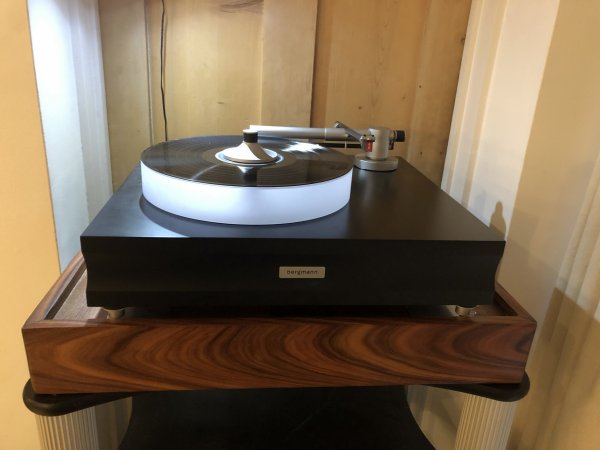Hello Bill. That is a good question for David. He suggested to me that my DIY thick birch plywood shelves were dampening my components and suggested that I install some hardwood coasters between the stock rubber footers and the plywood shelves. I had some old oak flooring around, so I simply cut some up and installed it. I suppose some other hardwoods would also work. Eventually, the plan is to install 1" thick steel plates under each component, but that will take time.
I see.
Each hardwood sounds very different to each other from my tests in the last few weeks. Not just a little different either. Not really surprising given the vast literature on the tonal qualitative profiles of woods for classical guitar etc. What is rationale for the plan to use 1” thick steel plates under each component?
Best.


